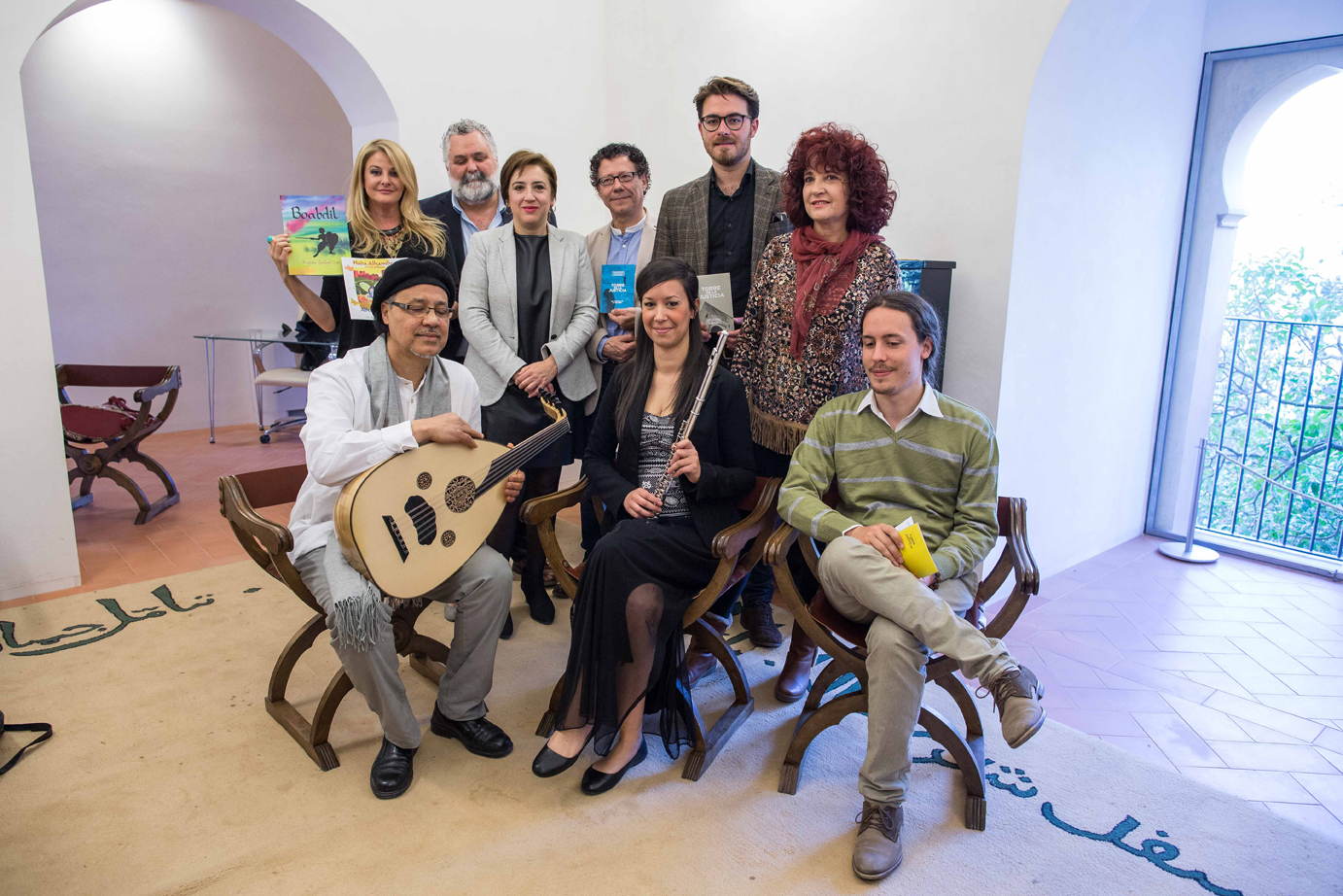The Alhambra is launching an interesting cycle of activities entitled The Sounds of the Word (Los sonidos de la palabra). Every Saturday in May and June between 11:30 and 12:30 in the Tower of Justice we will be staging readings and reflections by different authors who will be establishing a dialogue with classical music. Admission will be free until all seats are taken.
The Head of the Department of History of Art at the University of Granada, Rafael López Guzmán, will be kicking off the The Sounds of the Word cycle on 6th May with a talk called The Alhambra as seen from America. On this literary journey he will be accompanied by Elisa Remón on her harp. Later on 13th May, it will be the turn of José Antonio González Alcantud, Professor of Social Anthropology at the University of Granada, who will be talking about The Voice of the Alhambra; while the musician Pablo Giménez Hecht will be playing the guitar.
The music of Torcuato Tejada, on the piano, and Sara Brito, on the flute, will be centre stage on 20th May, together with a reading from the book The Palace of the Four Treasures and other Tales of the Alhambra (El Palacio de los Cuatro Tesoros y otros cuentos de la Alhambra) by Antonio Rodríguez Almodóvar, who will also be taking part in this event at the Tower of Justice.
May will be brought to an end on an especially high note with Rafael Guillen, a Spanish poet born in Granada in 1933. Guillén, who was a member of a group of writers known as the Generación de los 50, won the Spanish National Literature Prize in 1994 and is considered one of the most important writers of his generation. He will be reading from Selección de poemas (Selection of Poems), while ably accompanied by Xavier Astor on the double bass in this attractive encounter with words and music.
DID YOU KNOW THAT THE ALHAMBRA’S MOST CHARACTERISTIC PLANT IS THE MYRTLE?
The plant most often identified with the Alhambra is the "Myrtus comunis", or myrtle. Its Spanish name “Arrayan” comes from the Arabic al-rayhan, meaning "the fragrant one". This is because of the aroma released by the essential oils in its leaves when you rub them together. It has a number of varieties, including the Moorish myrtle or "myrtus baetica", which has larger leaves and was mentioned in texts from the 16th and 17th centuries when it was widely used in the gardens of Granada. A few survive in the Alhambra today, some of which are centuries old. The recovery of this variety is an important priority for the Alhambra today.
Patronato de la Alhambra y Generalife
Organismo encargado de la protección, administración y conservación de la Alhambra y el Generalife





 Contact
Contact
















